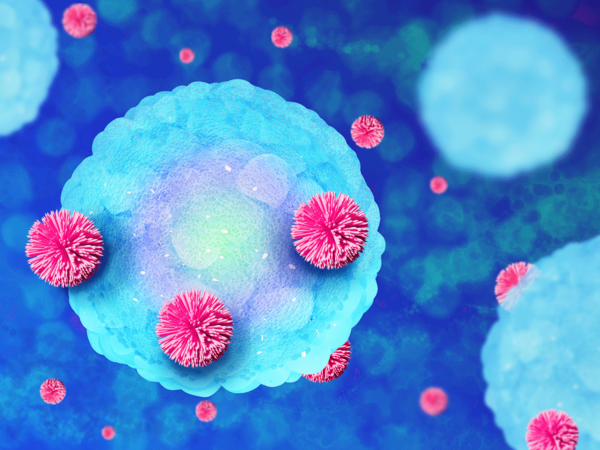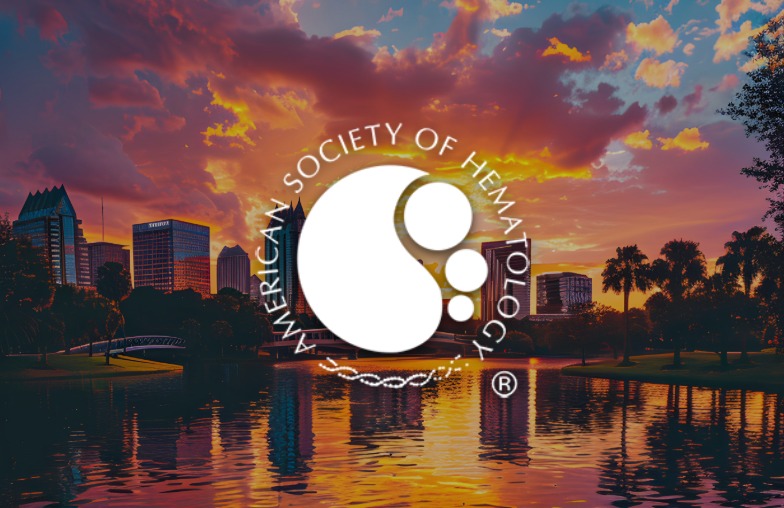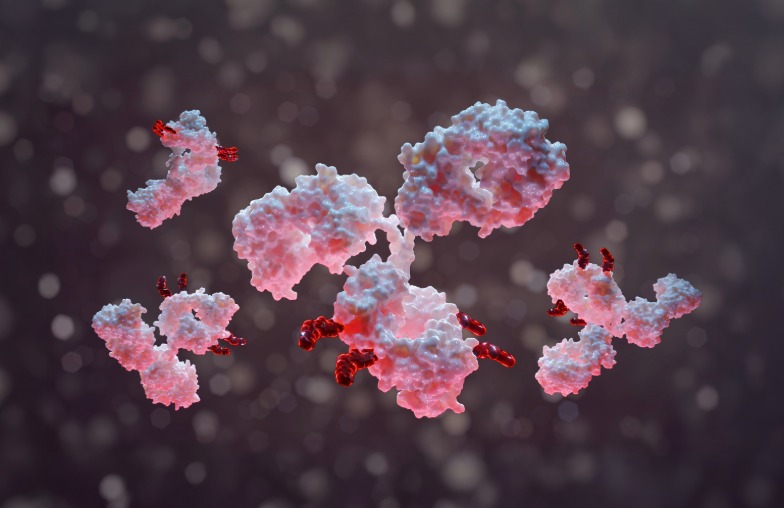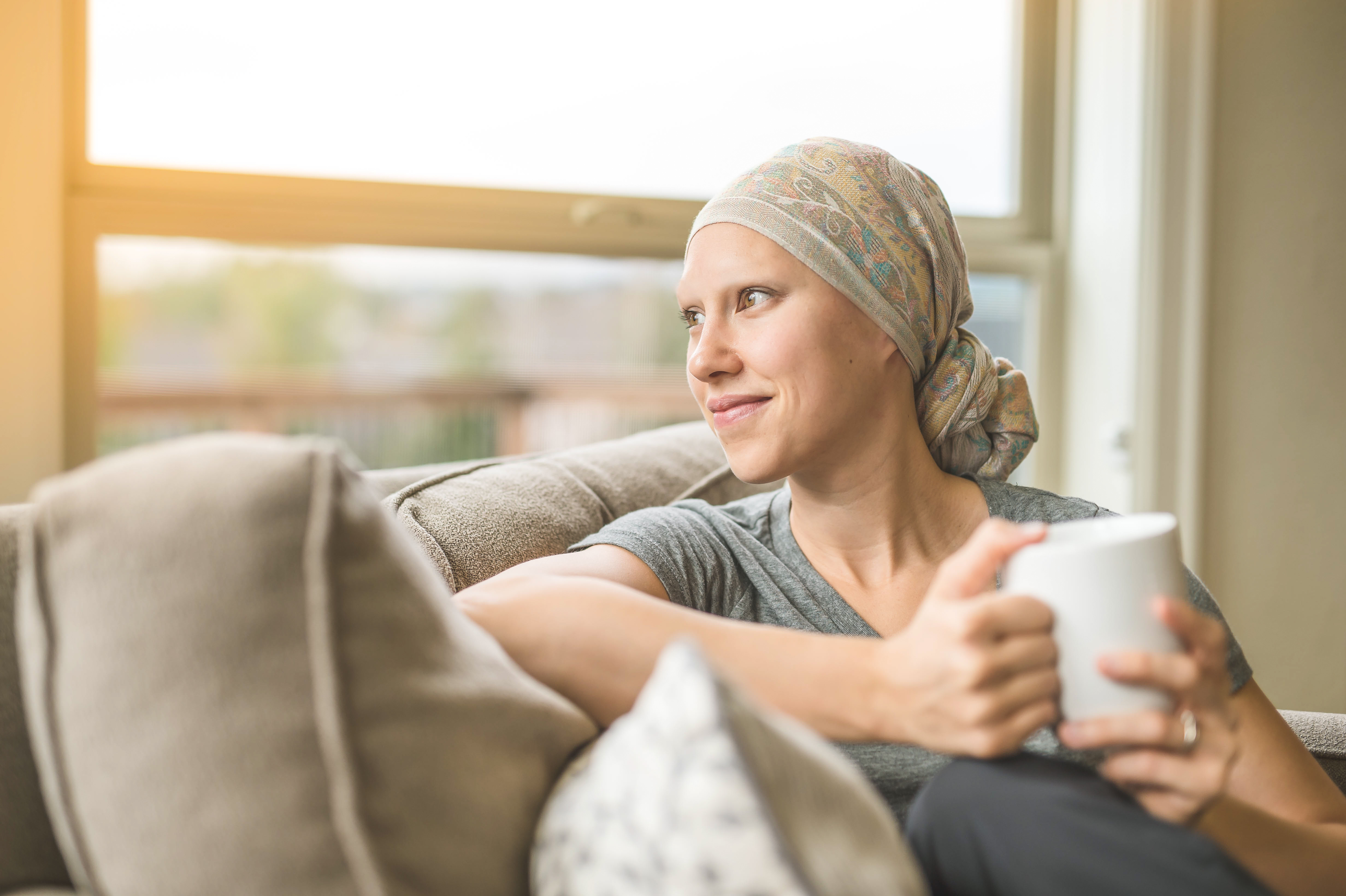Catalyst Oncology strives to stay at the forefront of new developments in the industry; when it comes to cancer care, we believe that every second counts. That is why we were delighted to be back in person at the annual American Society of Clinical Oncology (ASCO) conference … and it certainly didn’t disappoint.
After two years of virtual meetings, McCormick Place was buzzing with energy. With vaccine requirements and COVID safety protocols in place, nearly 40,000 attendees were ready to bump elbows, shake hands, or hug, looking to rebuild bonds of friendship missed in years past.
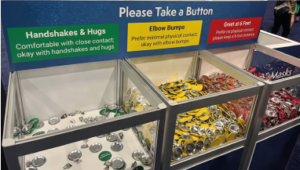 People were respectful and understanding, allowing everyone to navigate their own way through a large event in a post COVID world. Many of us were a bit rusty after 2 years of video calls and comfy clothes, myself included, where I made a “rookie mistake” of logging 20,000 steps in new shoes that hadn’t been broken in (thank you Catalyst Marketing team for saving the day with some bandages!).
People were respectful and understanding, allowing everyone to navigate their own way through a large event in a post COVID world. Many of us were a bit rusty after 2 years of video calls and comfy clothes, myself included, where I made a “rookie mistake” of logging 20,000 steps in new shoes that hadn’t been broken in (thank you Catalyst Marketing team for saving the day with some bandages!).
There were over 5000 abstracts at the event with hundreds of presentations, making it impossible to attend all sessions. That said, some potentially life-changing treatments were on display, and here are some highlights from the meeting:
- Enhertu® was clearly the shining star, receiving the first standing ovation at ASCO in over 15 years for its “practice changing” data in metastatic breast cancer. The DESTINY-Breast04 study pitted a new ‘HER2-low’ designation against chemotherapy, and the results were remarkable with the HER2-targeted ADC cutting the risk of disease progression or death by half. This also set the tone for a new way of thinking about genomic status across all cancers, with a patient no longer being solely ‘positive or negative’ for a biomarker, but potentially seeing benefit from a targeted therapy with even low levels of target expression.
- Another result that made national headlines was a small trial from MSKCC where they tested a checkpoint inhibitor in advanced mismatch repair deficient (dMMR) rectal cancer, a rare form of the disease that accounts for <10% of cases. The PD-1 inhibitor elicited a striking 100% complete response rate in the 14 patients who received treatment to date. Though a small sample size, this bodes well for a shift in standard of care away from chemo, radiation, and surgery for dMMR rectal cancer patients.
- Continuing the rare biomarker-guided trend, a bispecific antibody targeted at NRG1 fusion mutations (~1% of pancreatic cancer diagnoses) saw a 42% overall response rate in a small sampling of 19 patients. If this trend holds true with a larger sample size, that could translate to a highly targeted therapy for patients with a rare form of one of the most difficult-to-treat indications in oncology.
- In lung cancer, a drug targeting KRAS mutations (~12% of non-small cell lung cancer diagnoses), previously thought to be an ‘undruggable’ target, hinted at us soon having a second therapy on the market to treat this genetically defined subpopulation. Data not only confirmed a 40% overall response rate but showed that responses were durable for over 10 months, all with minimal toxicity.
- In a very early trial of what might be the epitome of personalized cancer immunotherapy, BioNTech leveraged its mRNA and AI technology to explore a neoantigen vaccine. Since everyone’s cancer is unique and tumor cells present shifts in their genetic makeup in response to treatment (neoantigens), the concept is to take samples of the patient’s tumor, predict neoantigens that will materialize, and train the immune system to recognize and attack them as the cancer mutates over time. It is still early, but the vaccine was shown to be safe while eliciting an immune response in about half of the pancreatic ductal adenocarcinoma (PDAC) patients treated, a very deadly form of pancreatic cancer.
- Not to be outdone by all the targeted therapies, immunotherapies continued to shine at ASCO. With demand outpacing supply for autologous (patient-derived) CAR-T treatments, additional options continue to be needed. A study update in relapsed / refractory Multiple Myeloma continued to show a striking 98% response rate, with 70% of patients still alive and 55% having no signs of disease progression at 28 months post-treatment. Next-generation CAR-T treatments also posted impressive data (one study in NHL showed a 75% response rate with a gamma-delta CAR-T), and bispecifics continued to make the case as a viable alternative to or secondary treatment option to CAR-T, with one CD20 bispecific showing a 39% complete response rate in DLBCL. This result was notable because one-third of the patients had prior CAR-T treatment.
These are just a few of the highlights from ASCO 2022 that signal progress for the oncology drug development industry. With so many rare, biomarker-driven, and immuno-oncology treatments in development, the future is bright for the promise of finally moving away toxic treatments into the world of highly personalized and long-term care.
